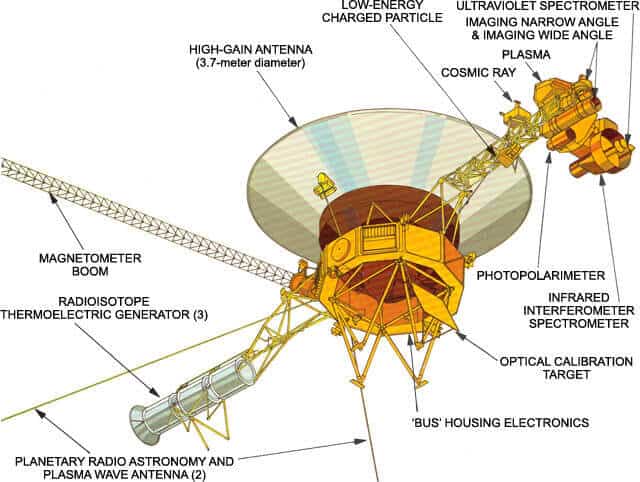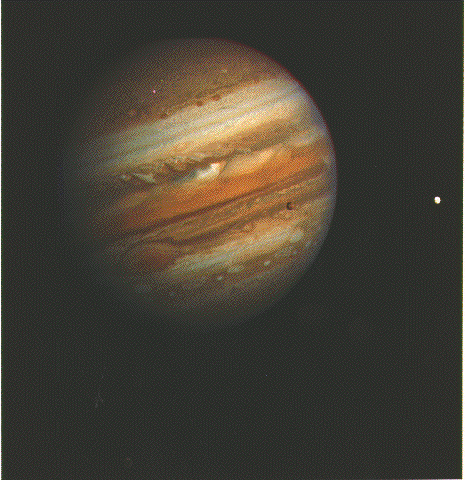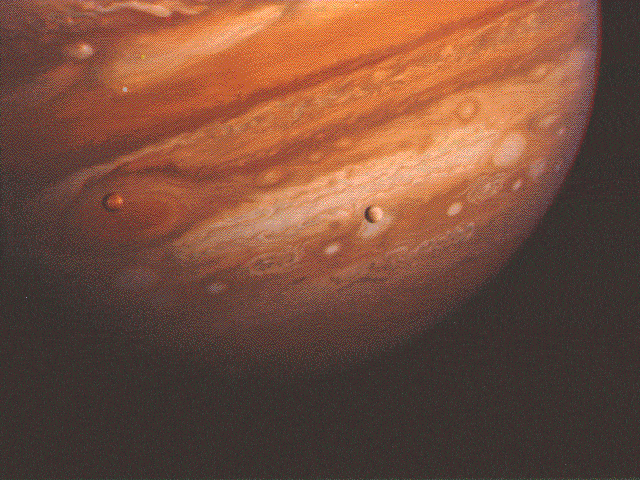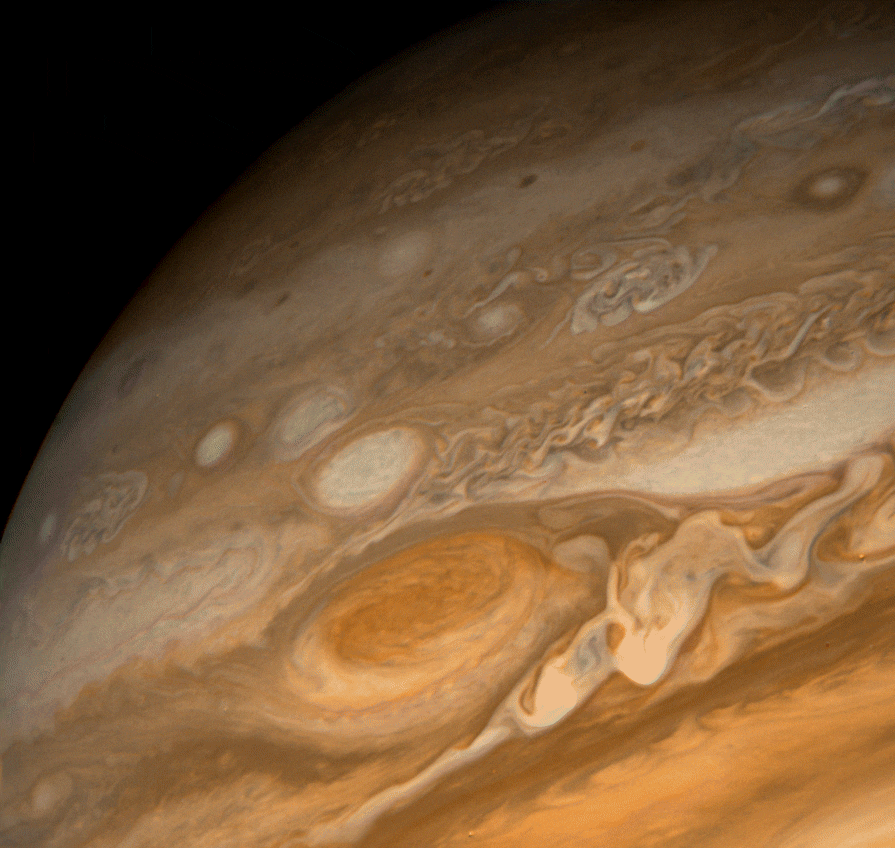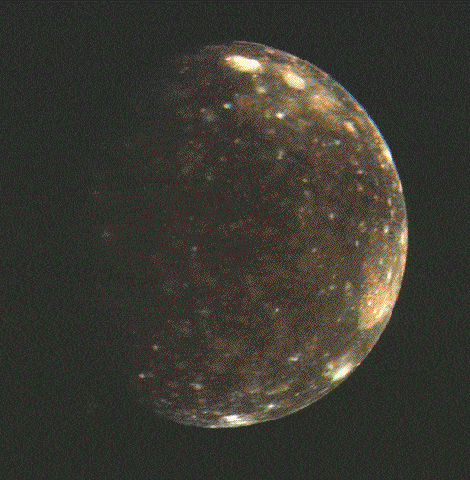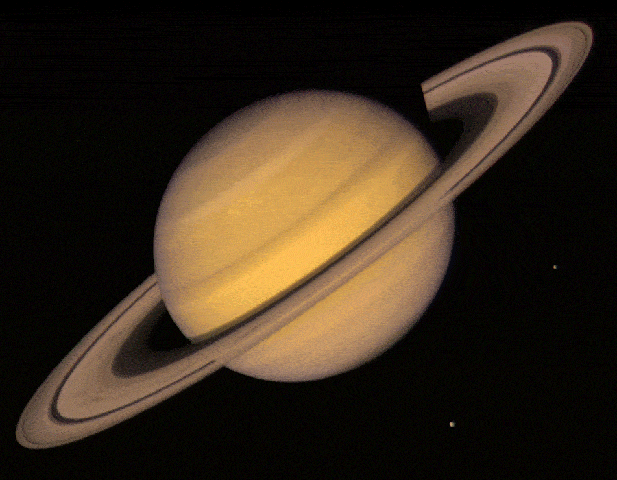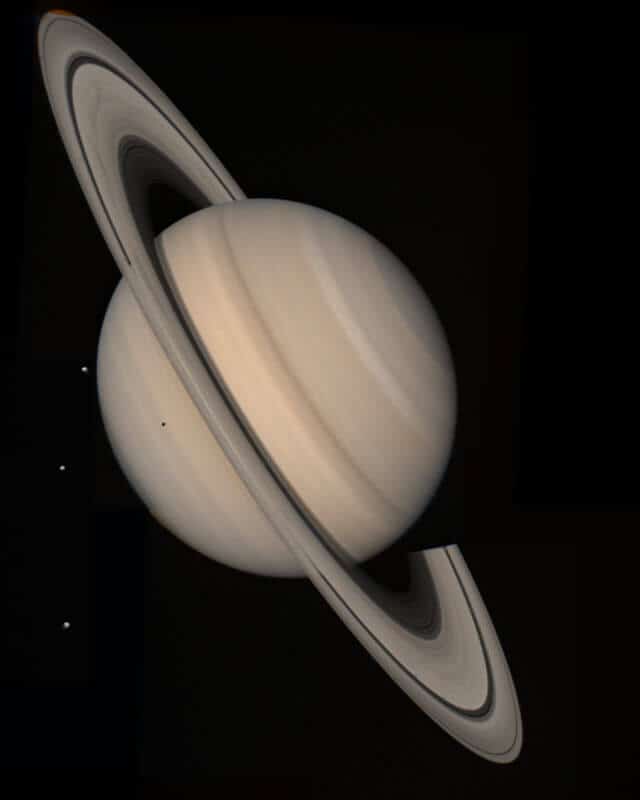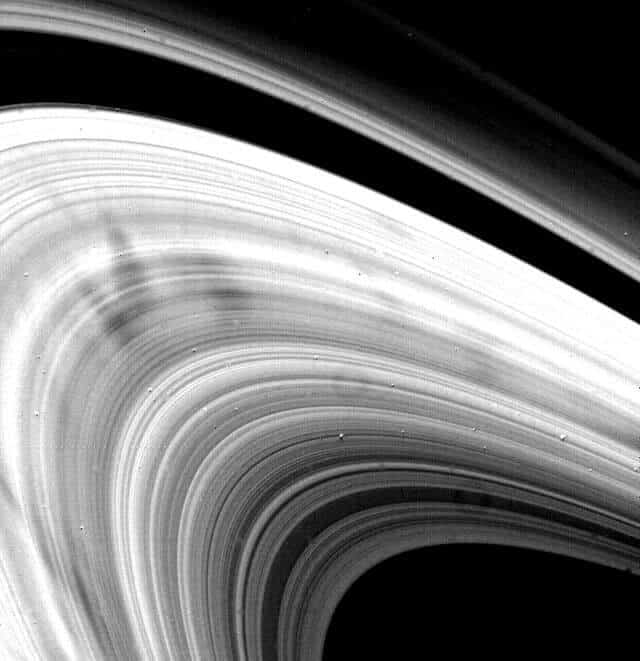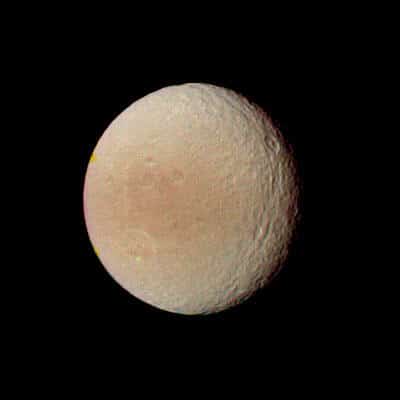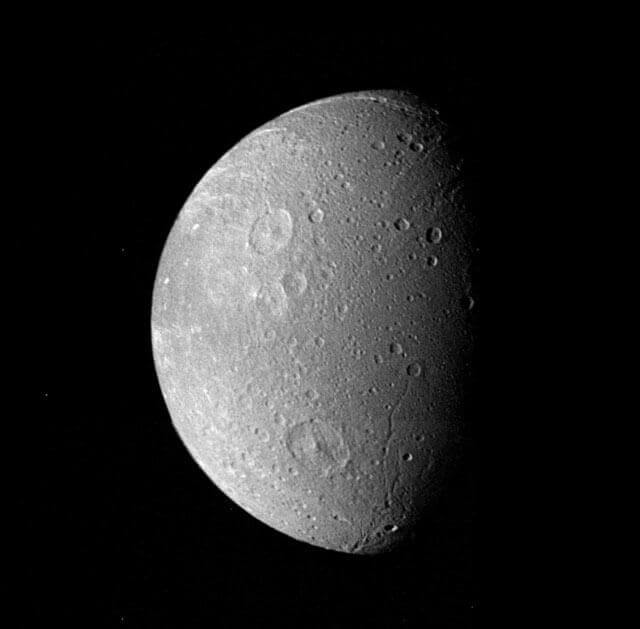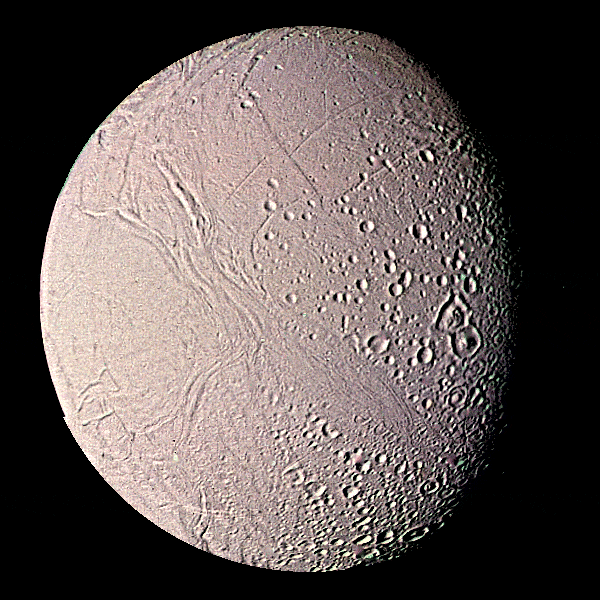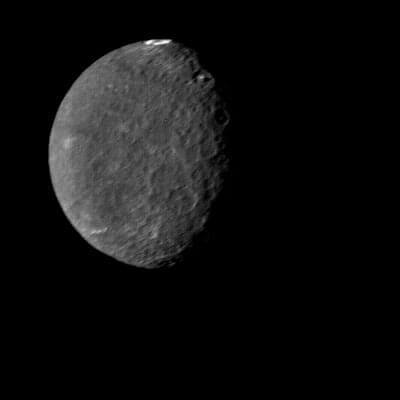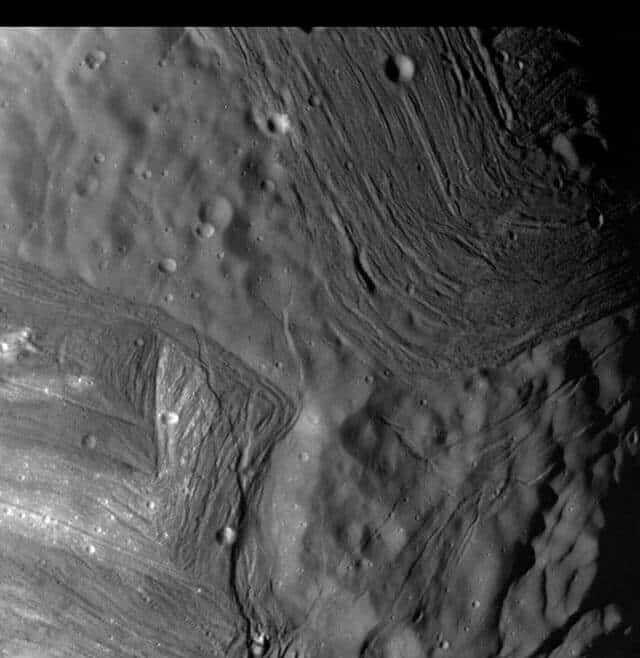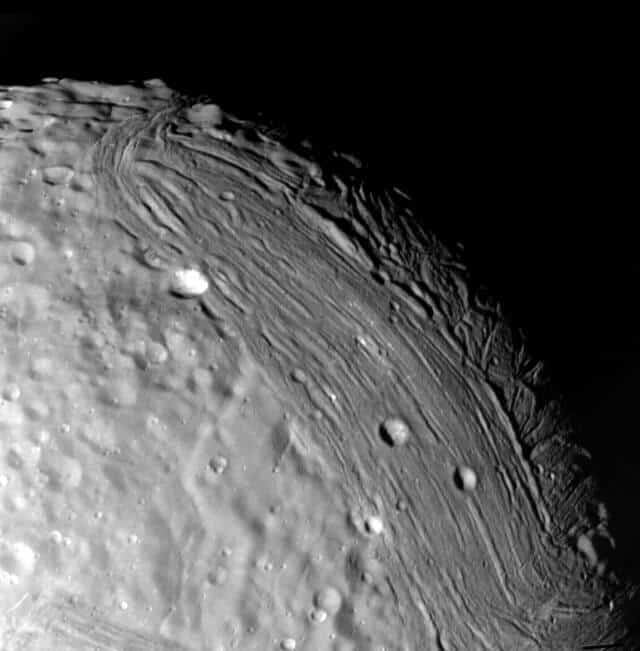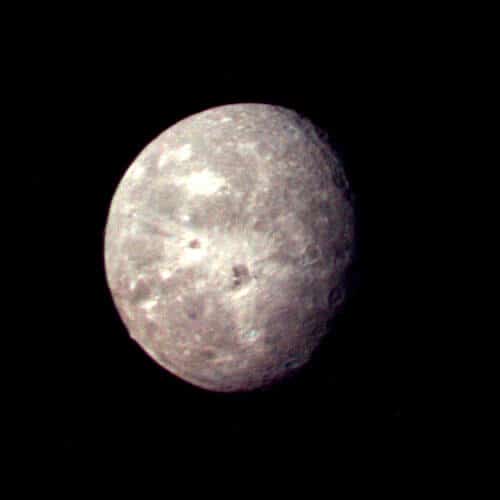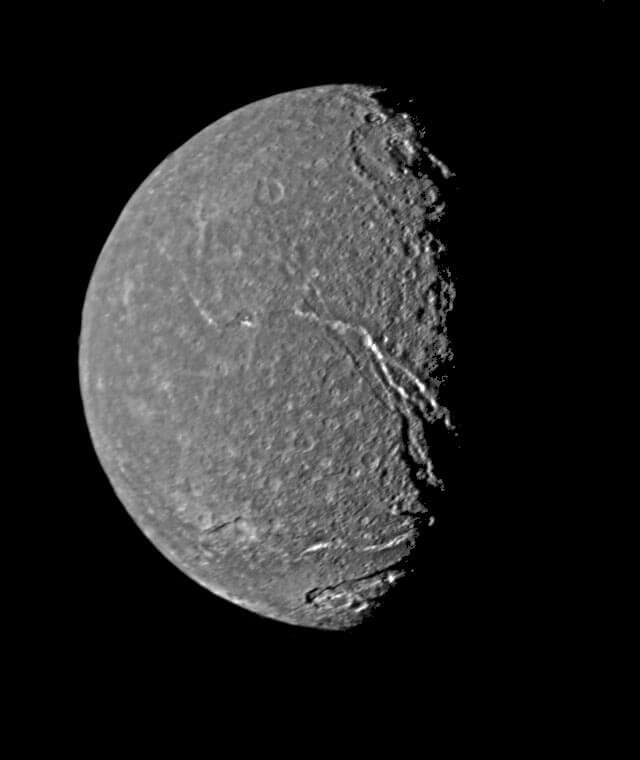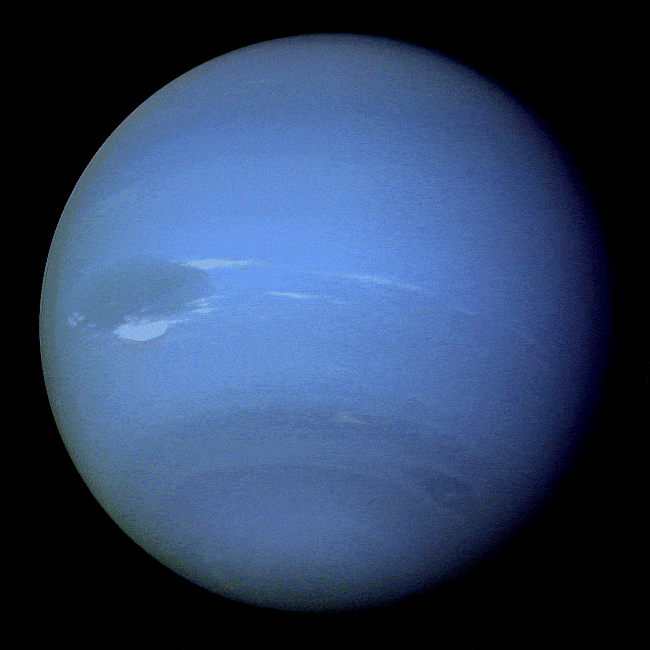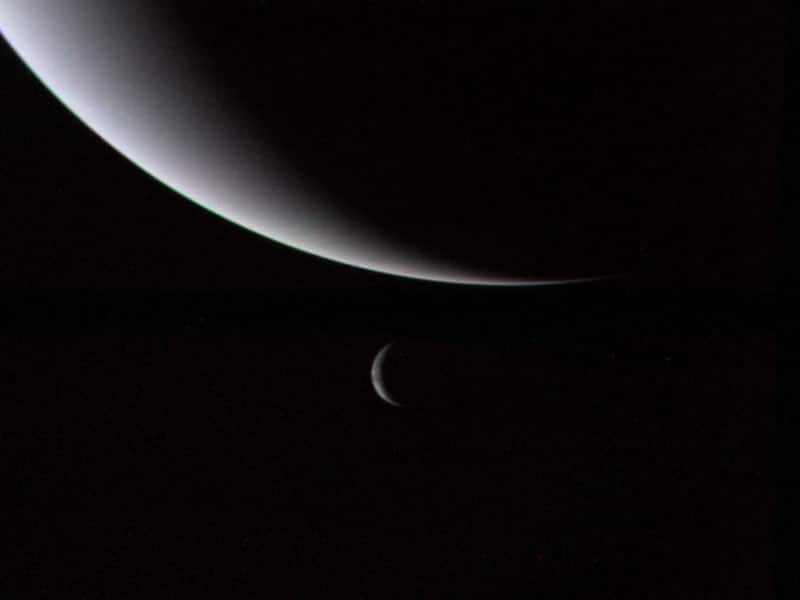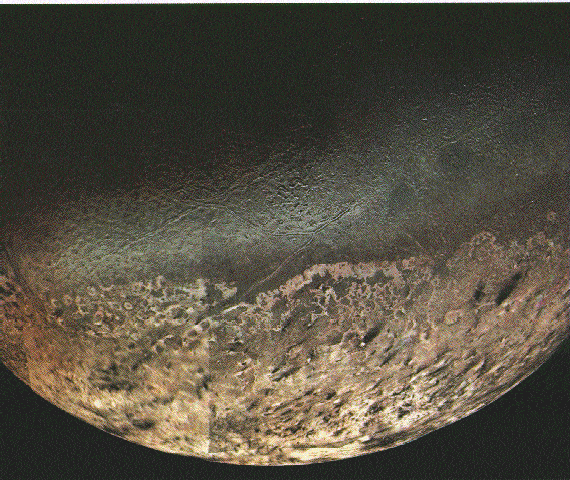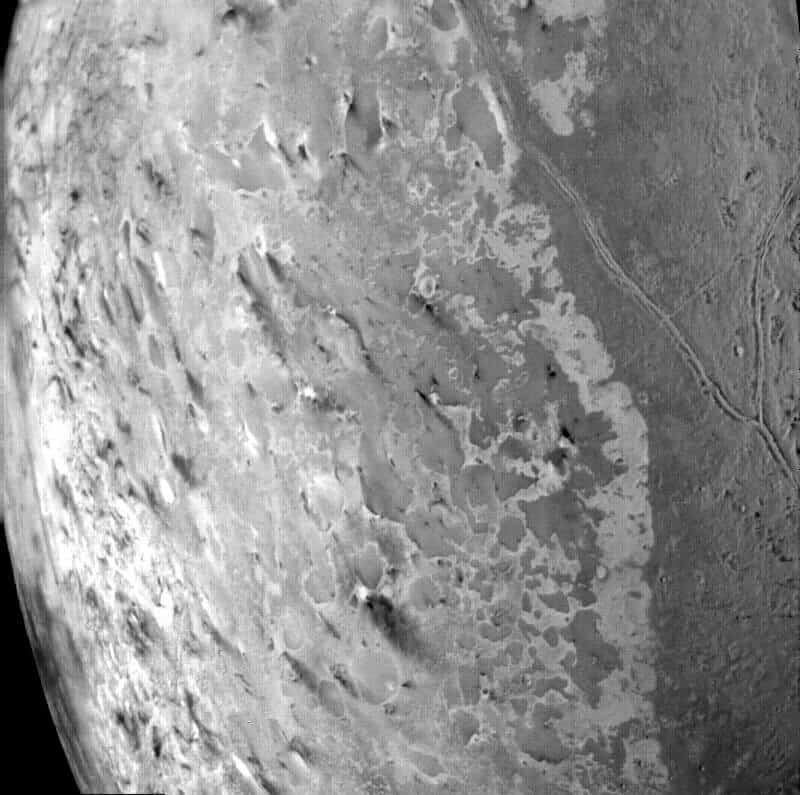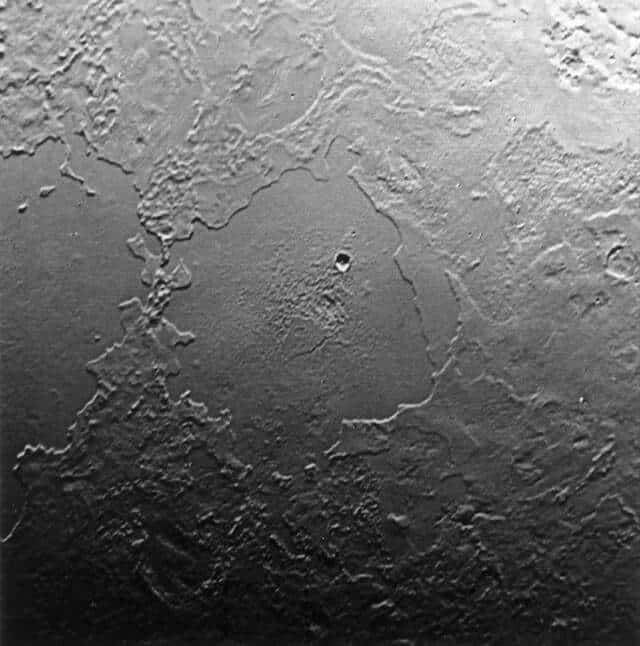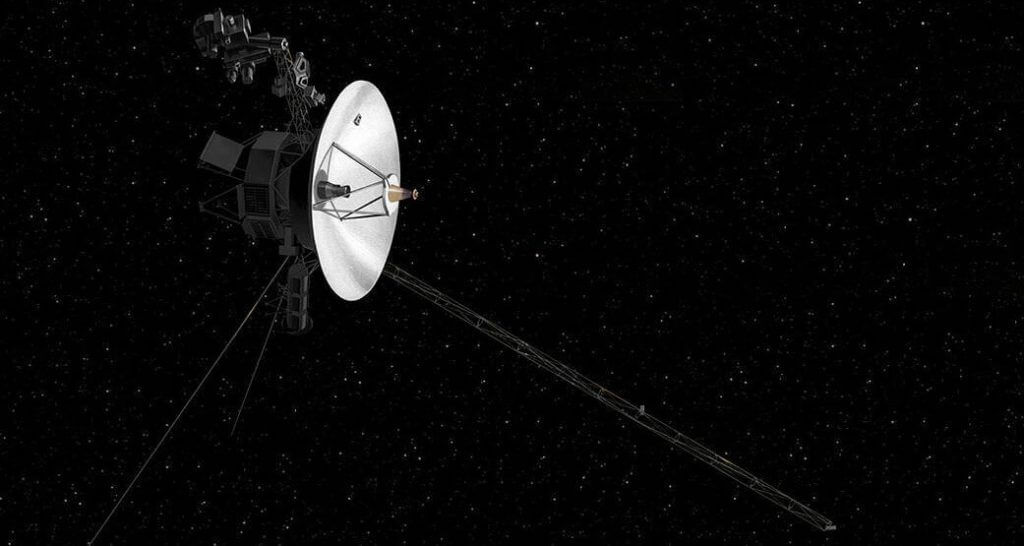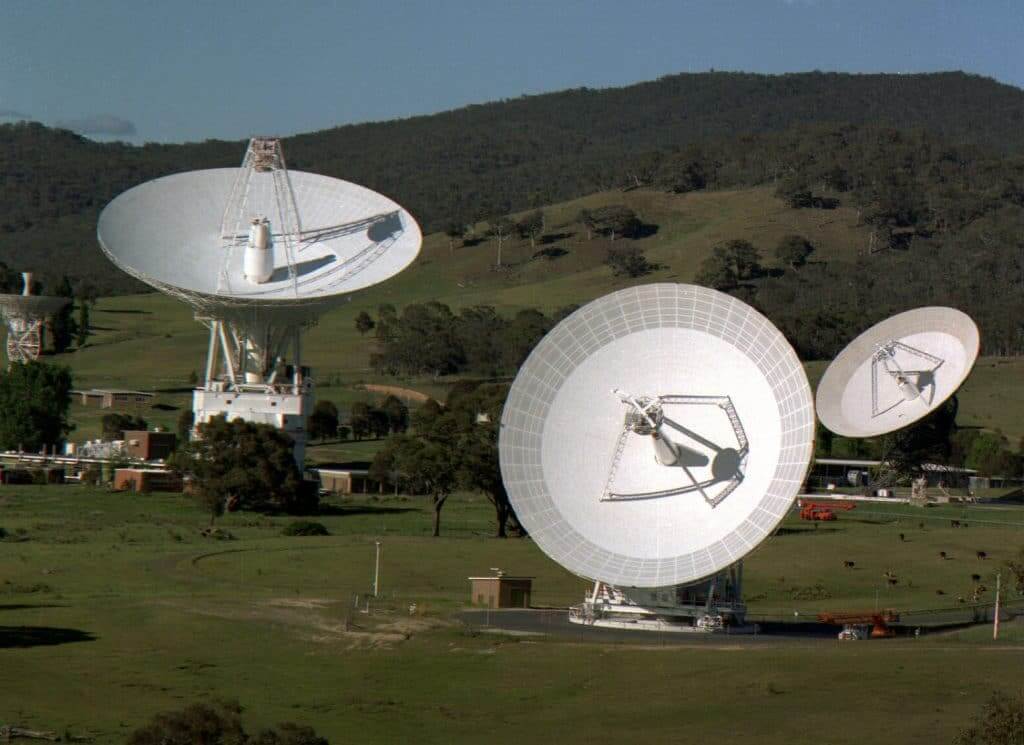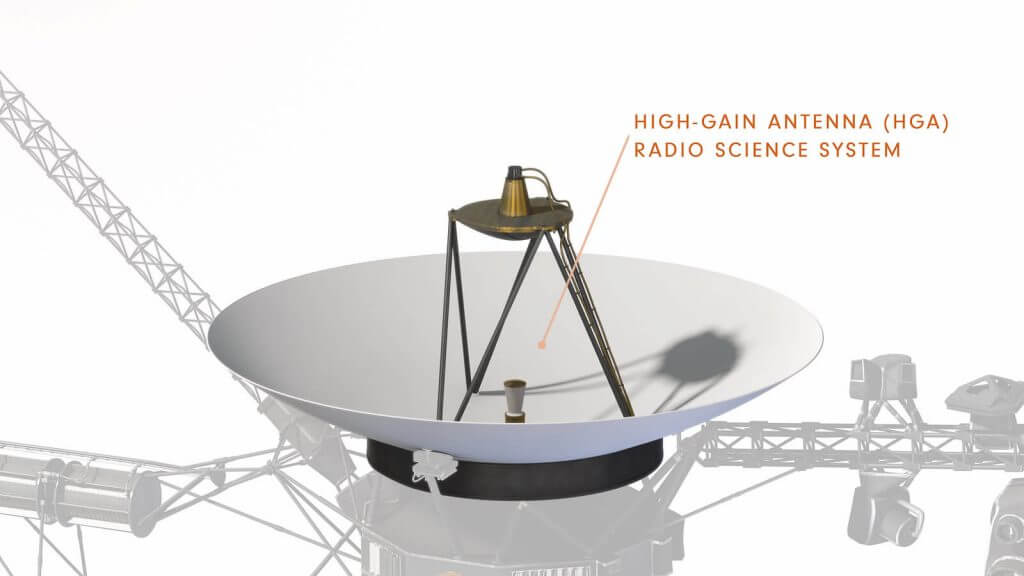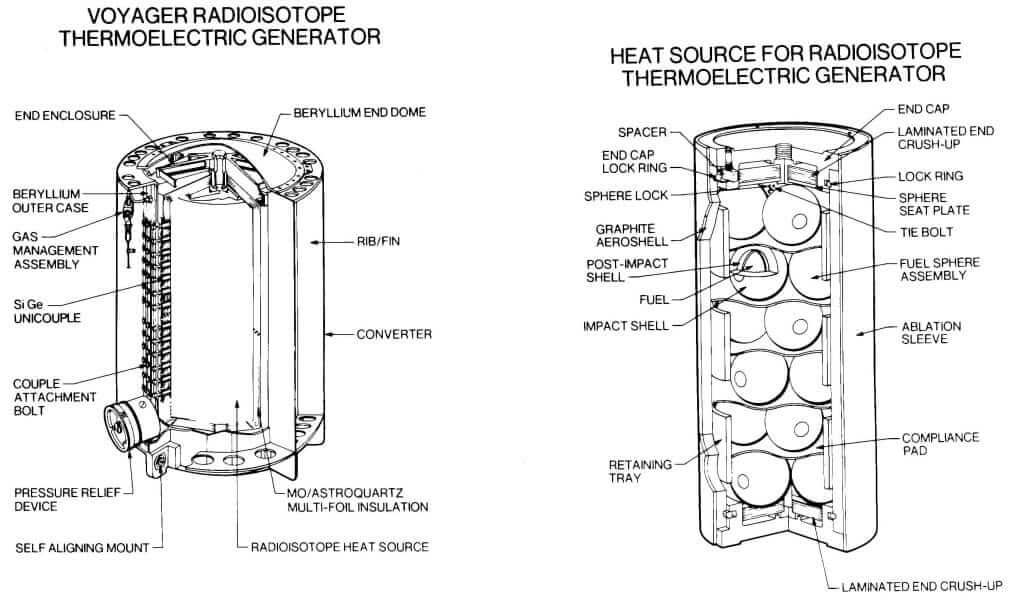A Pale Blue Dot | Understanding our Place in the Universe
If you are a space nerd like me, then there is a high chance that you have seen this picture, famously known as “A Pale Blue Dot “, before. If not, then I thank you for the honour to blow your mind. Continue reading to know more.
Table of Contents
What is the Pale Blue Dot?
The pale blue dot is the photograph of planet Earth taken by the Voyager 1 space probe from a distance of 6 billion kilometres on February 14, 1990. If you look carefully at the photograph you can see Earth as a tiny dot in the vastness of space suspended on a beam of sunlight.[1] Think about it for a moment. This was the first selfie we ever took as a species where every human being who was alive on this planet at that moment in time, is in the frame.
Now that might not seem like a big deal to you and to be honest, I thought the same when I first came across this picture. But then I thought about it a bit more and what this picture represents for humanity as a species. That resulted in me going down the rabbit hole of trying to decipher the meaning of life and our place in the universe. Now before we do that here, let us first understand how this photo came to be taken. Fair warning this is going to be an in-depth technical and philosophical discussion. You have been warned!
What was the Voyager Mission?
The Voyager Mission consisted of two identical space probes, Voyager 1 & Voyager 2, which were launched in 1977 by NASA. Their original mission was to study the planetary systems of Jupiter and Saturn along with their moons. Voyager 2 was later assigned to study Uranus and Neptune as well, once its primary mission objectives were achieved.[2]
Both the Voyager probes are still active after 43 years of their launch. Currently, they are outside the sphere of our solar system also known as the ‘heliosphere‘ and are cruising through Interstellar space. They are the only man-made objects to have explored this far away from Earth. Their missions have been extended three times over the years and to this day, they continue to transmit useful scientific data back to Earth.[2]
These space probes were built by NASA’s Jet Propulsion Laboratory at a cost of $865 million which is around $3.76 billion in today’s money. Another $30 million were allocated for the later added Voyager Interstellar Mission.[2]
Both these space probes have made immense contributions to science and astronomy. Pictures collected by the Voyager’s Cameras, and data collected from their magnetometer and other suites of sensors have revealed unknown details about each of the four giant planets (Jupiter, Saturn, Uranus and Neptune) and their moons. Even to this date, they are the only space probes to have visited Uranus and Neptune.
History of the Voyager Missions
These missions were designed to take advantage of a rare geometric arrangement of the outer planets of our solar system in the late 1970s. This allowed for a four-planet tour with minimum propellant requirement and lesser trip time. The plan was to take advantage of this arrangement of Jupiter, Saturn, Uranus and Neptune; which occurs every 175 years and swing the spacecraft from one planet to the next without the need for huge onboard propulsion systems. The flyby through each planet was carefully designed in such a way so as to bend the spacecraft’s flight path and increase its velocity enough to deliver it to its next destination. This technique which later came to be known as the “gravity assist” could theoretically reduce the flight time to Neptune from 30 years to 12.[3]
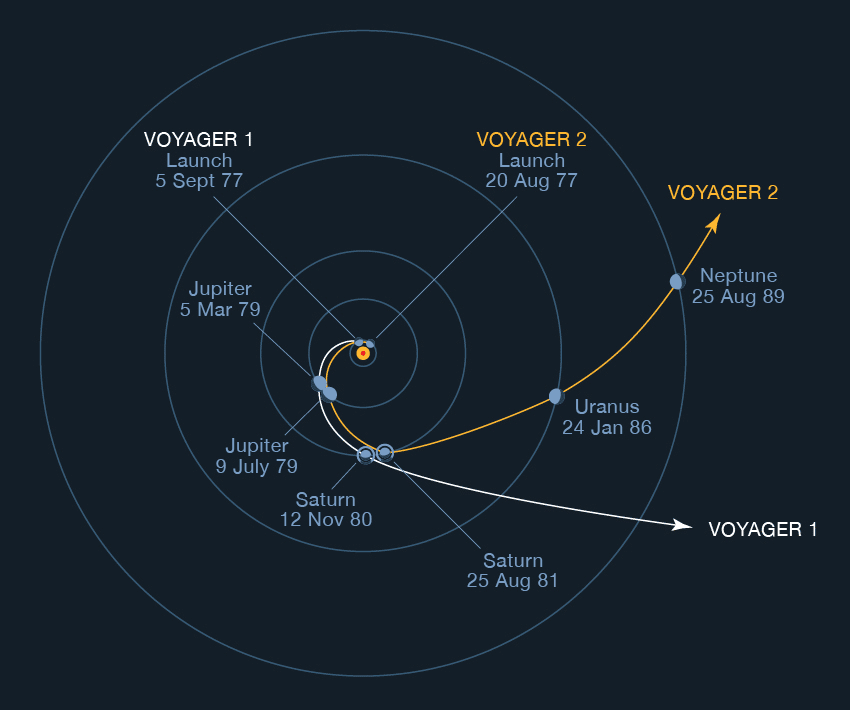
Though theoretically, the four-planet mission was possible, the cost of building a spacecraft that could go the distance, carry the instruments needed and last that long was deemed too expensive. Thus, the Voyagers were initially funded to conduct studies of Jupiter and Saturn only. NASA studied more than 10,000 trajectories for both the space probes before settling on two. The trajectory selected for Voyager 1 would allow close flybys of Jupiter and its large moon Io as well as Saturn and its large moon Titan. The trajectory selected for Voyager 2 also had the option to continue on to Uranus and Neptune if possible.[3]
Voyager 2 was launched first from the NASA Kennedy Space Center at Cape Canaveral in Florida on 20th August 1977. Voyager 1 was launched later on 5th September 1977. Both of them were ferried to space aboard Titan-Centaur expendable rockets. You can watch the launch of Voyager 2 in the video below.
Mission Objectives Completed
The prime mission of both the spacecraft was to explore Jupiter and Saturn. By mid-1979, both of them had reached Jupiter and by late 1981, Saturn.
The trajectory of Voyager 1 which was designed to send it closely past the large moon Titan behind Saturn’s rings, actually twisted the spacecraft’s path northward out of the plane in which most of the planets orbit the sun. This resulted in the spacecraft moving towards Interstellar space. In 2012, Voyager 1 entered Interstellar space after leaving the solar system. It continues to study this unknown part of space to this day and is the fastest man-made object ever created. Currently, it is travelling at a speed of 64,000 Km/h.[3][4]
The trajectory of Voyager 2, on the other hand, was designed to fly by Jupiter and Saturn in such a way that it would automatically send the craft towards Uranus. After coming in contact with Saturn, it was determined that the spacecraft would likely be able to do a flyby of Uranus with all of its instruments operating. It encountered Uranus on 24th January 1986, whereupon it took detailed photographs and other data on the planet, its moons, magnetic field and dark rings. Subsequently, Voyager 2 was cleared for a flyby of Neptune too after it completed the Uranus leg of the mission. After the Neptune leg of the mission was completed the spacecraft moved towards Interstellar space and away from the influence of the sun.[3]
How were the Voyager Spacecrafts Designed?
Both of the Voyager spacecraft were identical and weighed 773 kilograms each. Of this total weight, 105 kilograms was of the scientific instrument payload carried by each craft. They used three-axis-stabilized guidance system inputs consisting of gyroscopes and accelerometers for their altitude control computers. This helped them to point their high gain antennas towards the Earth and also their scientific instruments towards their targets. For movement, they used cold thrusters fuelled by hydrazine monopropellant. They also had a movable instrument platform for the smaller instruments onboard which could change direction towards the target.[2]
Scientific Instrument List
Voyager Golden Records
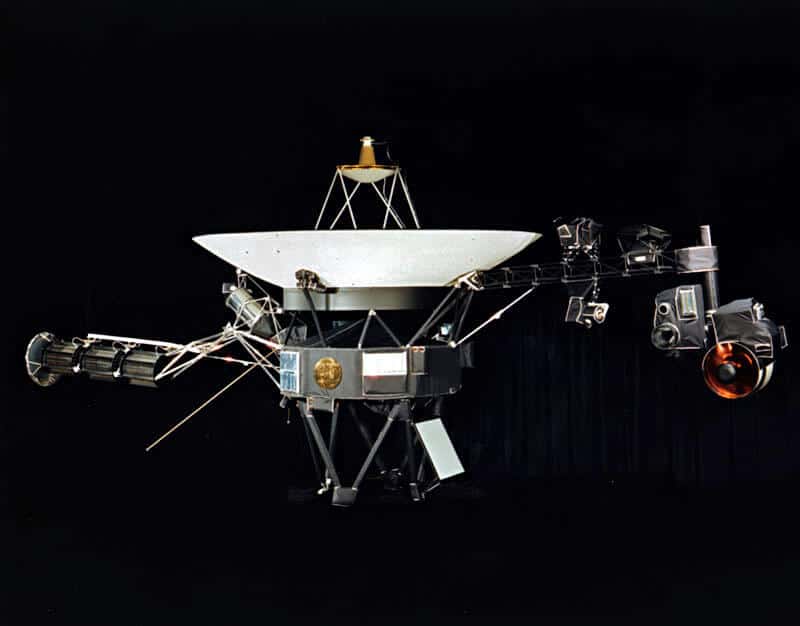
The Voyager Golden Records were two identical phonograph records(12-inch gold plated copper disks) that were included aboard both Voyager space-crafts. The records contained sounds and images selected to portray the diversity of life and culture on Earth and are intended for any intelligent extraterrestrial life form who might find them. The records are a sort of time capsule intended to communicate a story of our world to extraterrestrials.[16]
Although neither of the Voyager space-crafts is heading toward any particular star, Voyager 1 will pass within 1.6 light-years’ distance of the star Gliese 445, currently in the constellation Camelopardalis, in about 40,000 years. Who knows, maybe somebody will pick it up from deep space…!
The actual contents of the records were selected for NASA by a committee chaired by Carl Sagan, an astronomer from Cornell University. He and his associates collected 115 images and a variety of natural sounds(surf, wind, thunder, birds, whales and other animals). They also added musical selections from many different cultures and eras along with spoken greetings in 55 languages.[17]
You can find the entire contents of the golden records from the links below:
Current Status of the Voyager Missions
As mentioned above, the power source of the Voyager space-crafts; the RTGs lose about 0.79% of their power output every year. Additionally, the thermocouples that convert heat into electricity also degrade over time. Thus by October 2011, the power generated by Voyager 1 and Voyager 2 had dropped to 267.9 W and 269.2 W respectively, about 57% of the power at launch. This gradual reduction in power over time has resulted in engineers at NASA turning off most of the non-critical components of the space-crafts to save power and extend the lifespan of the mission. Below is the list of instruments that are still working in both the Voyager Space-crafts.[18]
| Instrument | Voyager 1 | Voyager 2 |
|---|---|---|
| Cosmic Ray Subsystem (CRS) | On | On |
| Low-Energy Charged Particles (LECP) | On | On |
| Magnetometer (MAG) | On | On |
| Plasma Wave Subsystem (PWS) | On | On |
| Plasma Science (PLS) | Off | On |
| Imaging Science Subsystem (ISS) | Off | Off |
| Infrared Interferometer Spectrometer and Radiometer (IRIS) | Off | Off |
| Photopolarimeter Subsystem (PPS) | Off | Off |
| Planetary Radio Astronomy (PRA) | Off | Off |
| Ultraviolet Spectrometer (UVS) | Off | Off |
| Plasma Wave Subsystem(PWS) | Off | Off |
Current estimates predict that the space-crafts will have enough power for communications with Earth till 2032. After that, the Command and Control Systems computers will shut down and the Voyagers will go to sleep forever, lost in space, destined to keep going forward carrying a small piece of us with them to the unknown void of space.
Timeline of the Entire Voyager Mission
Once in a Lifetime Alignment
Calculations reveal that it is possible for a spacecraft launched in 1970s to visit all four giant planets using Gravity Assist.
The Project Begins
The original plan was to do flybys of Jupiter and Saturn only.
Voyager 2 Launches
Voyager 2 launches from NASA’s Kennedy Space Center.
Voyager 1 Launches
Voyager 1 launches from NASA’s Kennedy Space Center.
Voyager 1 Encounters Jupiter
Voyager 1 makes its closest approach to Jupiter and discovers active volcanoes, two new moons and the great red spot among many other things.
Voyager 2 Encounters Jupiter
Voyager 2 makes its closest approach to Jupiter and takes first images of Jupiter’s ring systems, and discovers a third moon among many other things.
Voyager 1 Encounters Saturn
Voyager 1 makes its closest approach to Saturn and its largest moon Titan. It discovers three new moons among many other things.
Voyager 2 Encounters Saturn
Voyager 2 makes its closest approach to Saturn and several of its icy moons.
Voyager 2 Encounters Uranus
Voyager 2 makes its closest approach to Uranus and becomes the first and only spacecraft to see the seventh planet from up close. It discovers 11 new moons among other things.
Voyager 2 Encounters Neptune
Voyager 2 makes its closest approach to Neptune and becomes the first and only spacecraft to see all the four ice giants from up close. It discovers 6 new moons among other things.
Voyager 2 Turns Blind
Engineers turn off cameras to conserve power and use computer memory and data rate for other instruments. The spacecraft will never fly close to an astronomical object to take pictures again.
Pale Blue Dot is Clicked
From a distance of 6 billion kilometres, Voyager 1 clicks the iconic picture of Earth as a tiny speck suspended on a sunbeam. This will be the last series of picture it ever takes.
The First Man-Made Object in Interstellar Space
Voyager 1 becomes the first man-made object to enter the Interstellar space by crossing the Heliopause.
The Ringing of Interstellar Space
Voyager 1 makes the first measurement of the density of interstellar medium, when a wave caused by coronal ejection from the sun, reaches Voyager 1 and causes the plasma in Interstellar space to ring.
Voyager 2 Enters Interstellar Space
For a second time in history, a man made object enters the Interstellar space by crossing the Heliopause.
How was the Pale Blue Dot Picture Taken?

The tour for Voyager 1 was over after the Saturn encounter which twisted its path away from the plane where most of the planets orbit the sun and towards Interstellar space. As the craft was flying towards Interstellar space, mission team members decided to turn off the cameras to conserve both electrical and computational power. Before this could happen, Carl Sagan, the noted astronomer and member of the team behind the Golden Record, proposed an idea to take one last picture of the Earth before Voyager 1 closed its eyes forever. The idea was approved and the probe took a “family portrait” series of 60 photos, capturing the sun, Venus, Jupiter, Saturn, Uranus and Neptune in addition to Earth. (Mercury was too close to the sun to be imaged, and sunlight bouncing around in the camera blocked Mars out.)
The Pale Blue Dot is part of this collection. Sagan himself popularized the image and its message in his book “Pale Blue Dot: A Vision of the Human Future in Space”. He later acknowledged that the picture did not have much scientific value, as the Earth was too small from this distance to make out any detail. Nevertheless, he believed it was meaningful and necessary as a perspective on our place in the universe.
Earth was one of the last things the probe saw before closing its eyes forever. The Pale Blue Dot picture was taken at 0448 GMT on February 14, 1990; just 34 minutes before the commands to shut down its cameras were transmitted.

The perspective behind Pale Blue Dot
Here is an excerpt from the audiobook “Pale Blue Dot: A Vision of the Human Future in Space” by famous astronomer and author Carl Sagan on what this picture represents.
“From this distant vantage point, the Earth might not seem of particular interest. But for us, it’s different. Consider again that dot. That’s here, that’s home, that’s us. On it everyone you love, everyone you know, everyone you ever heard of, every human being who ever was, lived out their lives. The aggregate of our joy and suffering, thousands of confident religions, ideologies, and economic doctrines, every hunter and forager, every hero and coward, every creator and destroyer of civilization, every king and peasant, every young couple in love, every mother and father, hopeful child, inventor and explorer, every teacher of morals, every corrupt politician, every “superstar,” every “supreme leader,” every saint and sinner in the history of our species lived there – on a mote of dust suspended in a sunbeam.
The Earth is a very small stage in a vast cosmic arena. Think of the rivers of blood spilled by all those generals and emperors so that, in glory and triumph, they could become the momentary masters of a fraction of a dot. Think of the endless cruelties visited by the inhabitants of one corner of this pixel on the scarcely distinguishable inhabitants of some other corner, how frequent their misunderstandings, how eager they are to kill one another, how fervent their hatreds.
Our posturings, our imagined self-importance, the delusion that we have some privileged position in the Universe, are challenged by this point of pale light. Our planet is a lonely speck in the great enveloping cosmic dark. In our obscurity, in all this vastness, there is no hint that help will come from elsewhere to save us from ourselves.
The Earth is the only world known so far to harbour life. There is nowhere else, at least in the near future, to which our species could migrate. Visit, yes. Settle, not yet. Like it or not, for the moment the Earth is where we make our stand.
It has been said that astronomy is a humbling and character-building experience. There is perhaps, no better demonstration of the folly of human conceits than this distant image of our tiny world. To me, it underscores our responsibility to deal more kindly with one another, and to preserve and cherish the pale blue dot, the only home we’ve ever known.”
Carl Sagan, Pale Blue Dot: A Vision of the Human Future in Space
Here’s a video version of the excerpt:
My thoughts on the Pale Blue Dot
As mentioned at the start of this post I was not impressed by the picture when I first came across it. The Pale Blue Dot image of Earth is not a stunning image. It is blurry, unclear and difficult to figure out. But that doesn’t matter. What matters is how this image was taken and what it represents. It is an allegory of the human condition. It is an inspirational call for planetary brotherhood and the protection of Earth. Thousands of scientists and engineers toiled day and night for the better part of a decade for this picture to exist. It represents the human spirit of exploration; going towards the unknown; always curious no matter how treacherous the journey.
Looking at the pale blue dot, one can almost understand how astronauts feel when they go to space. The realisation that creeps upon them that their problems back on Earth mean nothing in the vastness of space. As Carl Sagan eloquently puts it- “Our planet is a lonely speck in the great enveloping cosmic dark.” In the face of such realisation, one can almost take a nihilistic stand. If our lives do not matter in the grand scheme of things then what is the purpose of living, why should we exist…!
But there is another way, a more positive way to look at this. It is true that we are nothing but a speck of dust suspended on a sunbeam. Our planet is nothing special, neither is our sun nor our galaxy. We are a part of an endless cosmos that shatter our imagined self-importance, the delusion that we have some privileged position in the Universe.
And yet, we as a species who left trees and started walking on two legs some 3.5 million years ago are now capable of taking a picture of Earth from a distance of 6 billion kilometres. We have landed on the moon, unlocked the mysteries of the atom, built a home in the vacuum of space for astronauts to live in (International Space Station) and above all we are capable of asking these questions.
The pale blue dot and the Voyager missions represent humankind’s capacity to catapult away from our planet in an attempt to understand everything. They are a daring and endless trek to the outer planets and beyond that connect the people of the world towards a common goal; pursuit of knowledge and truth. The golden record on the Voyager space-crafts is a message from planet Earth; a hopeful call across space and time to our fellow galactic citizens; a proof of our existence. Long after we are gone these space-crafts will keep moving forward with the hope that someday somewhere will retrieve them and come to know of our existence, our music, our culture and our spirit of exploration.
Even today, as I am writing this post being locked down at my home due to the Covid-19 pandemic, this simple picture gives me hope that we can overcome anything once we put our minds to it. It gives me hope that we can rest aside our differences, our interests, wants and desires and work together as so many people did on these missions for such a long time. It gives me hope that we will prevail at the end; not as a country or a race or religion but as a species. It gives me hope that we will keep alive the spirit of the Voyagers. We will cherish and protect this pale blue dot; the only home we have ever known and all its citizens. Finally when the day comes in the near future when the Voyagers have exhausted their last reserves of power; I will be there to thank them for their service to humanity and bid them adieu as they go silent and disappear in the cosmic dark. What about you?
References
- Pale Blue Dot(Wikipedia)
- Voyager Program(Wikipedia)
- History of the Voyager Mission – Jet Propulsion Laboratory(NASA)
- Mission Status – Jet Propulsion Laboratory(NASA)
- Imaging Science Subsystem – Jet Propulsion Laboratory(NASA)
- Infrared Interferometer Spectrometer and Radiometer – Jet Propulsion Laboratory(NASA)
- Ultraviolet Spectrometer – Jet Propulsion Laboratory(NASA)
- Magnetometer – Jet Propulsion Laboratory(NASA)
- Plasma Spectrometer – Jet Propulsion Laboratory(NASA)
- Low Energy Charged Particle Instrument – Jet Propulsion Laboratory(NASA)
- Cosmic Ray Subsystem – Jet Propulsion Laboratory(NASA)
- Planetary Radio Astronomy and Plasma Wave Subsystem(NASA)
- Photopolarimeter Subsystem – Jet Propulsion Laboratory(NASA)
- High Gain Antenna – Jet Propulsion Laboratory(NASA)
- Radioisotope Thermoelectric Generators – Jet Propulsion Laboratory(NASA)
- The Golden Records – Jet Propulsion Laboratory(NASA)
- Contents of the Golden Records – Jet Propulsion Laboratory(NASA)
- Current Status of the Voyagers – Jet Propulsion Laboratory(NASA)
Sharing is Caring
If you liked this post, then feel free to share it with your loved ones!

